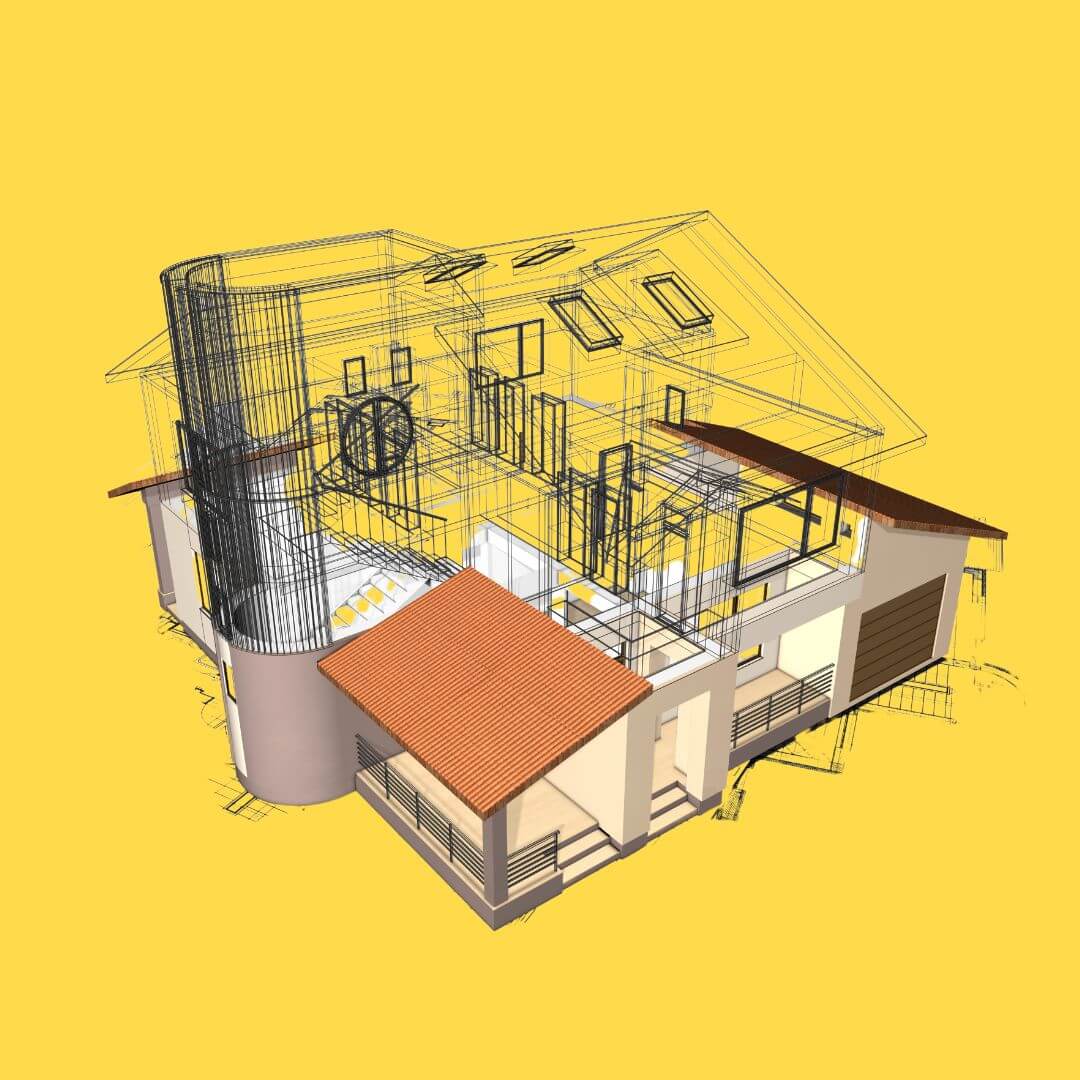Architectural animation is a dynamic and immersive storytelling medium that injects vitality into architectural designs and concepts. It empowers architects, designers, and developers to vividly convey their vision, offering clients and stakeholders an engaging preview of what's to come. In this comprehensive guide, we'll delve into the realm of architectural animation, exploring its applications, techniques, and the transformative influence it exerts on the fields of architecture and real estate.
Section 1: Grasping the Essence of Architectural Animation
1.1 Defining Architectural Animation
Architectural animation entails the art of employing moving images and visuals to articulate the intricacies of architectural projects, encompassing their design, functionality, and aesthetic. It converts static architectural blueprints into dynamic and cinematic presentations.
1.2 Significance of Architectural Animation
Architectural animation fulfills several pivotal roles:
Visualization: It aids clients and stakeholders in envisioning the final product, rendering complex designs more accessible.
Communication: It fosters clear and efficient communication among architects, clients, and construction teams.
Marketing: It serves as a potent tool for marketing and promoting real estate ventures by generating captivating visuals.
Design Refinement: It assists architects in honing their designs, informed by valuable client feedback.
Section 2: Varieties of Architectural Animation
2.1 2D Animation
2D animation revolves around the creation of animated floor plans, diagrams, and schematics. It simplifies intricate architectural concepts and proves invaluable for elucidating design principles.
2.2 3D Animation
3D architectural animation stands as the most immersive form of architectural visualization. It breathes life into designs by crafting virtual walkthroughs, aerial views, and interactive experiences. Its prowess shines when showcasing interior spaces and conveying the overall ambiance of a project.
Section 3: The Architectural Animation Workflow
3.1 Pre-production
Conceptualization: Define the animation's goals and objectives.
Storyboarding: Outline the animation's sequence and camera perspectives.
Modeling: Create meticulous 3D models of the architectural design.
3.2 Production
Texturing: Add realistic textures and materials to the 3D models.
Lighting: Implement virtual lighting setups for lifelike visual effects.
Animation: Animate camera movements, objects, and environmental elements.
Sound: Incorporate sound effects and background music to enhance the viewer's immersion.
3.3 Post-production
Editing: Assemble and refine the animation sequences.
Rendering: Generate high-quality frames to compose the final animation.
Compositing: Merge the rendered frames, introduce visual enhancements, and fine-tune colors and lighting.
Finalization: Apply any necessary finishing touches to polish the animation.
Section 4: Architectural Animation Applications
4.1 Real Estate Marketing
Architectural animation serves as a potent asset for real estate developers and agents. It enables them to present properties before construction commences, granting potential buyers a compelling glimpse into the envisioned final product.
4.2 Design Presentations
Architects and designers harness animation to present their ideas to clients, simplifying the comprehension of complex architectural plans and securing approval for design concepts.
4.3 Urban Planning and Development
City planners and governmental bodies employ architectural animation to visualize and evaluate proposed urban development projects. It proves instrumental in making informed decisions concerning infrastructure and urban expansion.
Section 5: Emerging Trends
5.1 Virtual Reality (VR)
The fusion of architectural animation with virtual reality (VR) is reshaping the industry. VR immerses users in architectural spaces, making it a priceless tool for virtual property tours and design assessments.
5.2 Augmented Reality (AR)
AR applications empower architects and designers to overlay virtual architectural elements onto real-world environments. This technology revolutionizes the presentation of designs to clients and stakeholders.
Conclusion:
Architectural animation stands as a transformative force in the realms of architecture and real estate. It bridges the chasm between imagination and reality, furnishing architects and designers with an eloquent means to convey their vision. Be it in the realm of real estate marketing, design conceptualization, or urban development, architectural animation wields a profound influence on how we envisage and shape the future. Embrace this dynamic tool to breathe vitality into your architectural visions, engaging stakeholders through immersive and captivating experiences.

We helps you to expand your reach, build your brand, and achieve your goals. We create a Strong Online Presence for you and Reach Your Audience Wherever They Are!
Contact Us




